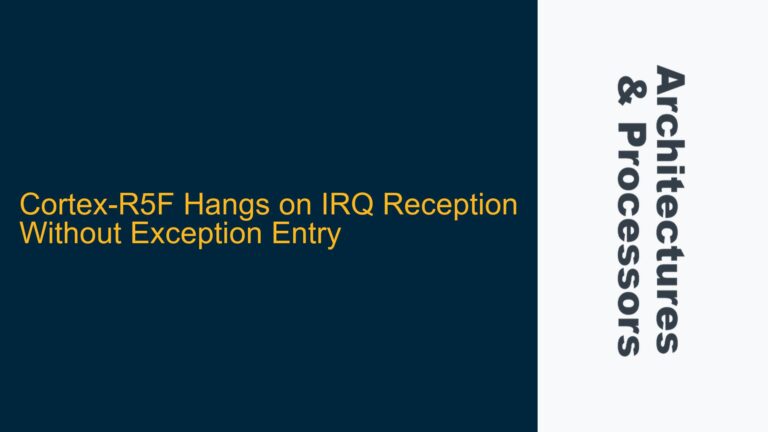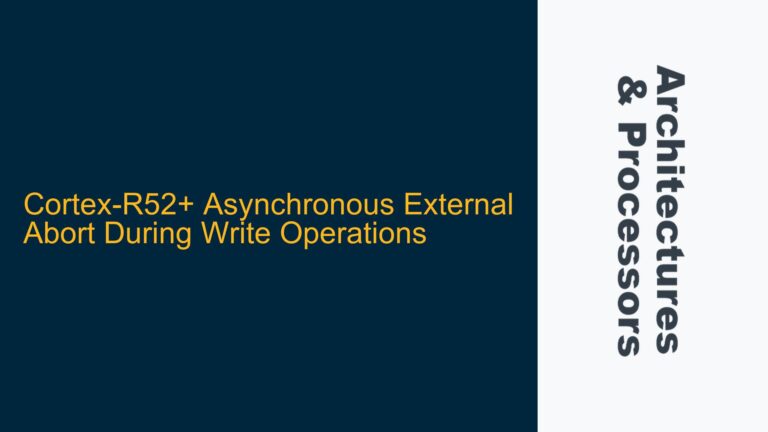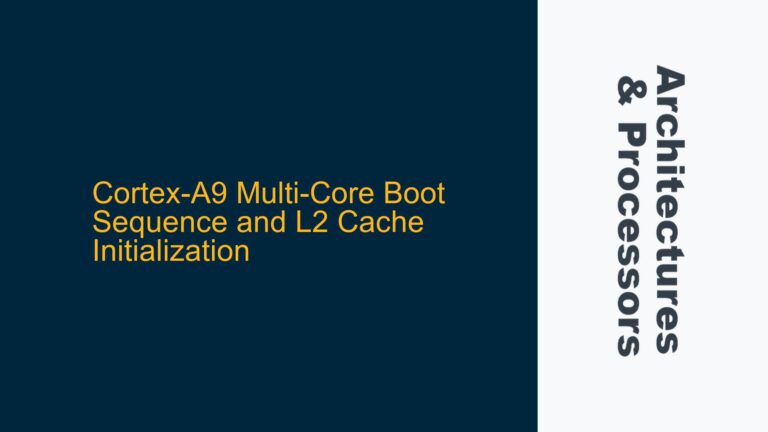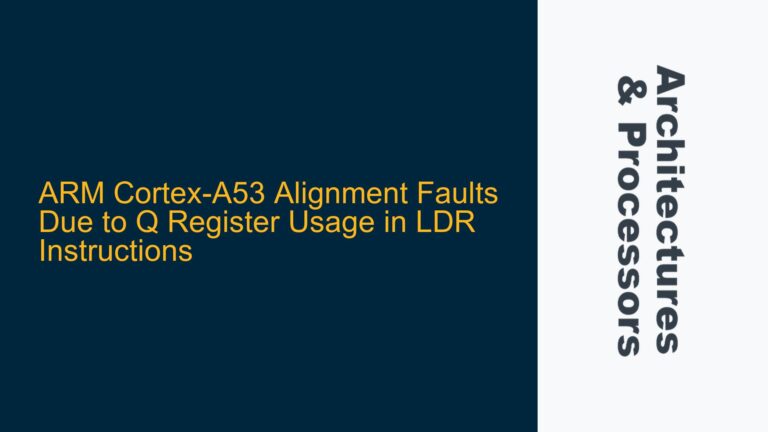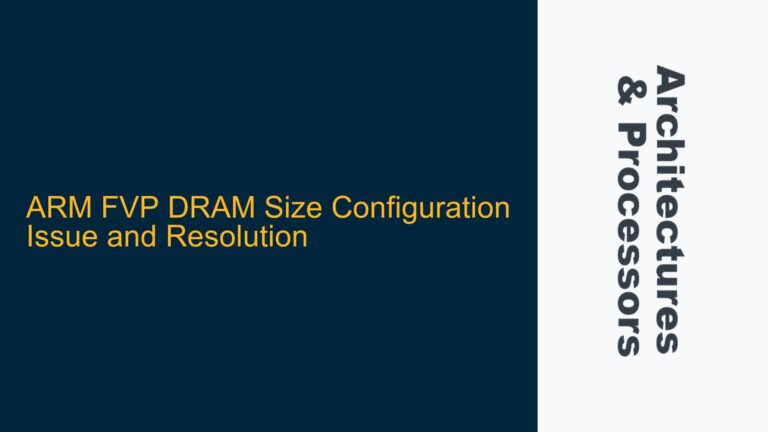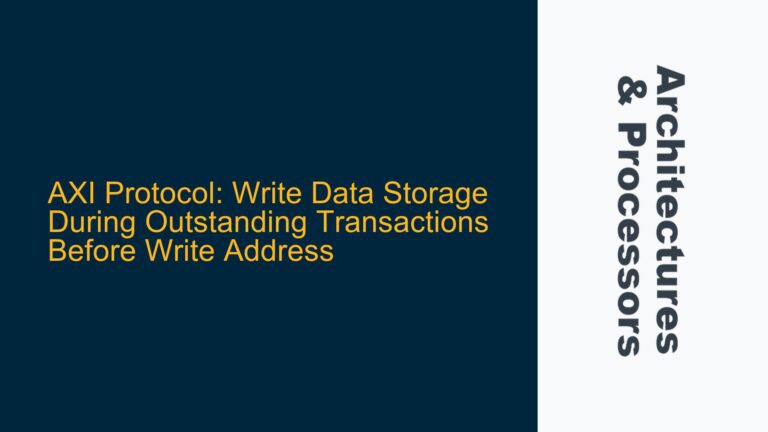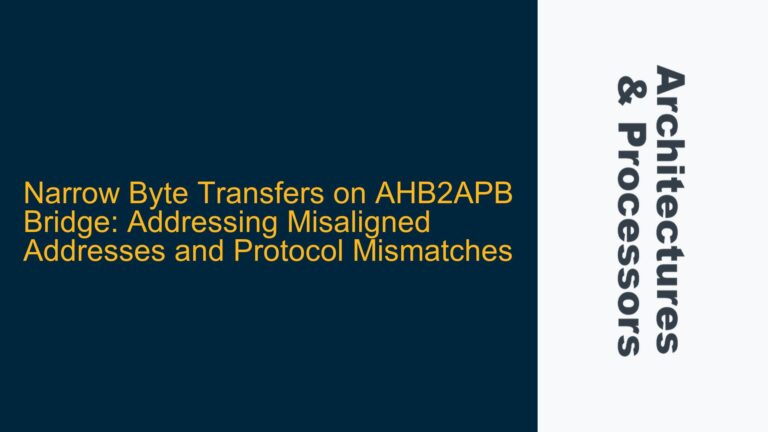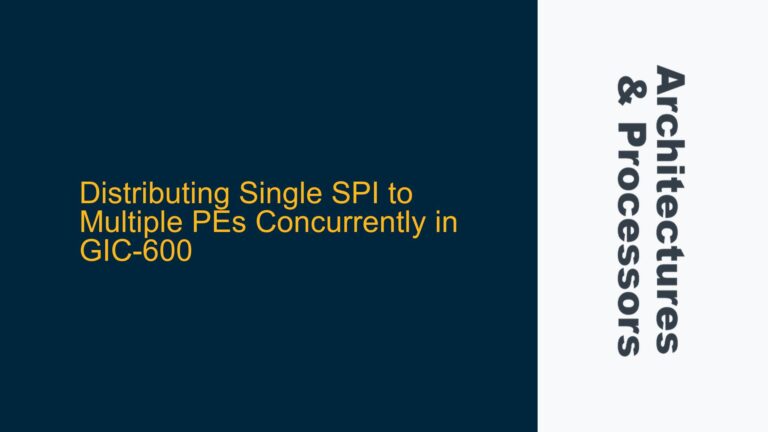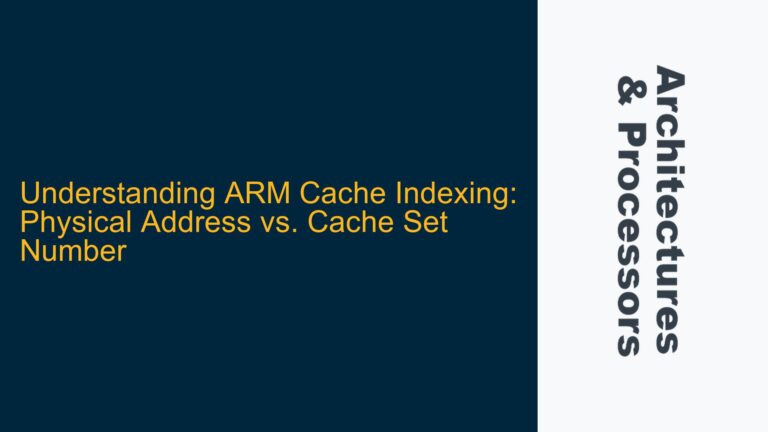Cortex-R5F Hangs on IRQ Reception Without Exception Entry
Cortex-R5F IRQ Handling Failure Leading to System Hang The Cortex-R5F processor, a member of ARM’s Cortex-R series, is designed for real-time applications requiring high reliability and deterministic behavior. However, in certain configurations, particularly when interfacing with interrupt controllers like the GIC (Generic Interrupt Controller) and peripherals such as the TTC (Triple Timer Counter) on Xilinx…
